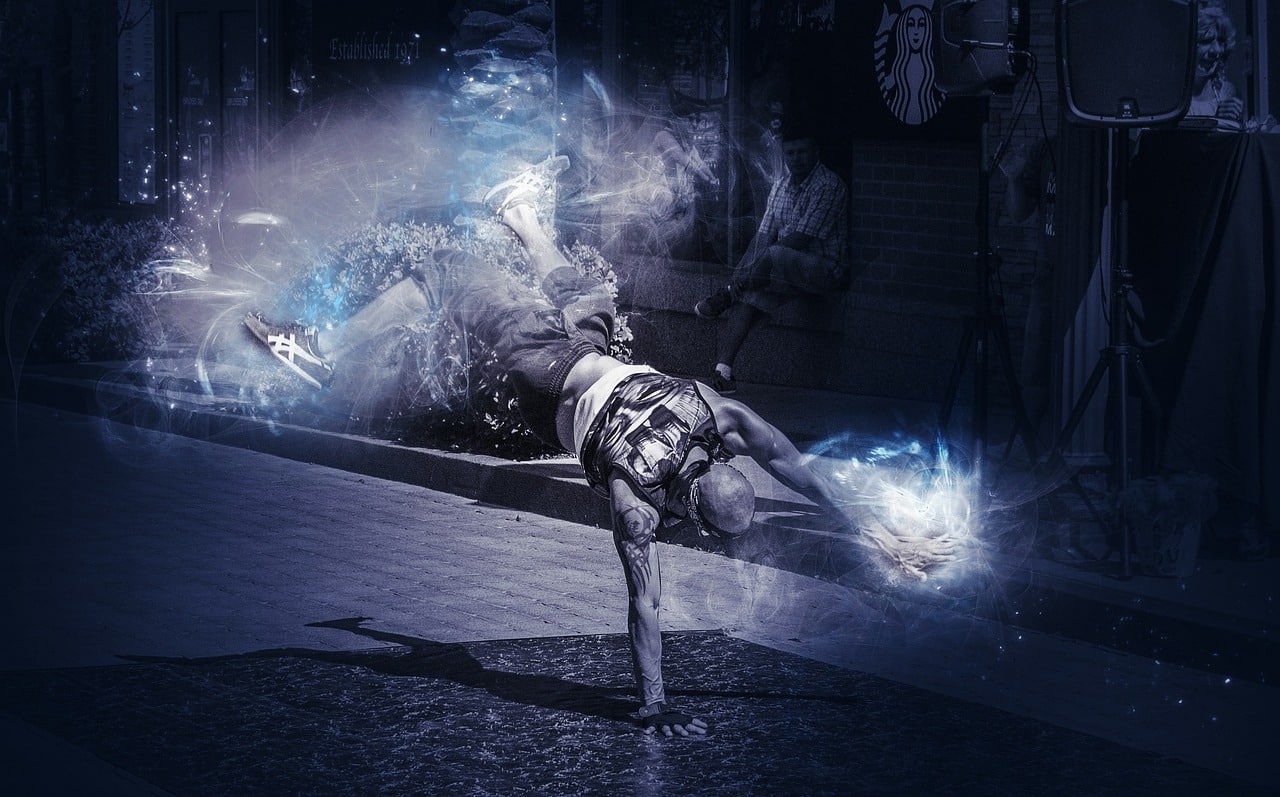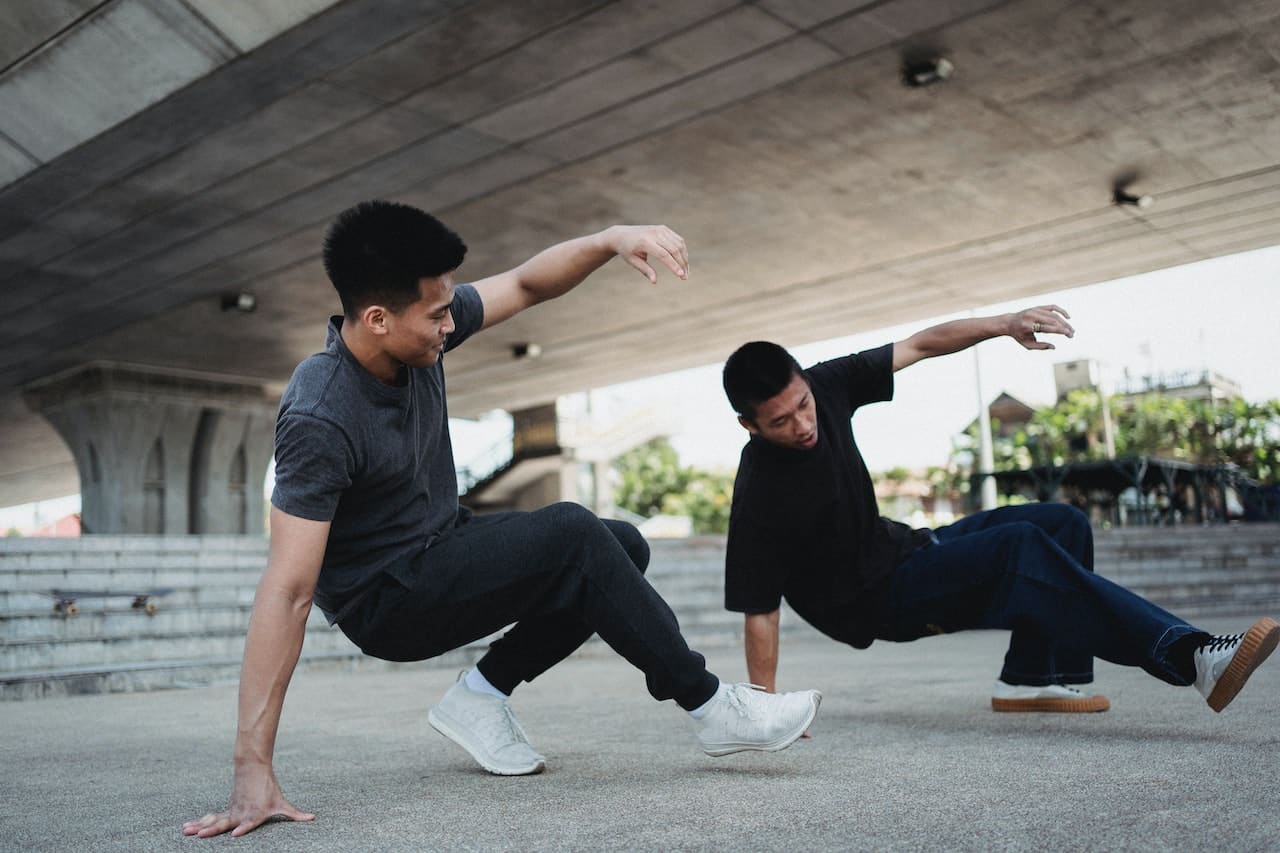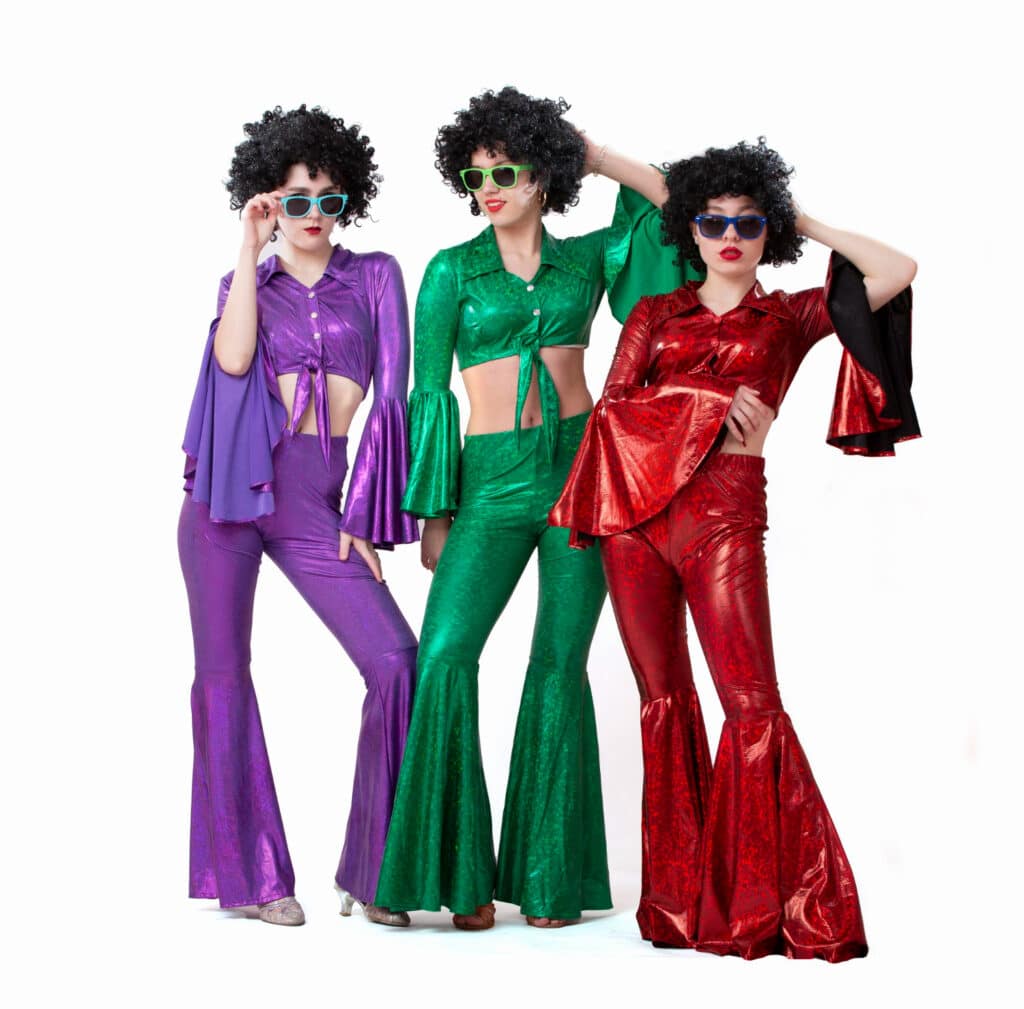What is popping and locking? Popping and locking are two different dance styles that emerged within the vibrant street dance culture in the 1970s. They possess unique techniques and characteristics that set them apart. Understanding the differences between popping and locking provides a deeper appreciation for the creativity and skill displayed by dancers within these expressive forms of the movements.
What Is The Difference Between Popping And Locking Dance?
Popping focuses on muscle contractions and releases. Whereas, locking depend on pauses and body control. Locking and popping meanings are unique dance moves with a long history of influencing popular and mainstream hip-hop and other dance styles. They have become iconic in urban dance and continue to attract audiences worldwide. At the same time, both styles are often associated with each other and frequently blended.
Comparison Between Popping And Locking
Locking and popping are two distinct dance styles within the street dance culture, each with unique characteristics.
-
Movement Quality
Locking involves sharp stops, freezes, and distinct poses. Whereas, Popping focuses on quick muscle contractions and releases to create a popping or jerking effect.
-
Musicality
Both styles require a strong sense of musicality and rhythm. Locking incorporates funk and disco music. Whereas, dancers can use popping in various genres with solid rhythmic elements.
-
Body Isolation
Both locking and popping involve isolating different body parts. In locking, dancers often isolate their arms, chest, or legs. While in popping, isolation in various body parts such as the arms, shoulders, hips, or legs.
What Is Popping Dance?
Popping is a dynamic and visually captivating dance style. This dance form involves explosive and quick movements through rapid muscle tension and releases. Dancers create a popping or jerking effect in their bodies. The popping technique includes different body parts, such as arms, chest, hips, or legs. Poppers alternate between fluid and rigid movements. These dancers have control over their muscles and sharp movements.
Moreover, dancers perform popping to funk music or genres with solid rhythmic elements. Different styles and sub-styles, such as boogaloo, robot, and animation, have emerged within popping. The dance form continues to evolve and innovate as dancers push the boundaries of creativity and expression within the dance form.
Jerking Or Popping Effect On The Dancer’s Body

Popping is known for creating a jerking or popping effect in the dancer’s body, a distinctive visual element of the style. By contracting and releasing specific muscles rapidly, the dancer creates sudden and pronounced movements that give the illusion of a “pop” or “snap” in their body. It adds a dynamic and energetic quality to the dance, captivating the audience’s attention and creating a visually exciting performance. The ability to precisely control and execute the jerking or popping movements is a testament to the dancer’s skill and mastery of the style.
What Is Popping In Hip-Hop?
Popping is a dance style that originated within the broader hip-hop culture. It refers to releasing specific muscles in the body to create a popping or jerking effect. Popping in hip-hop showcases the dancer’s ability to create dynamic visual effects through rapid muscle contractions and releases. It adds an explosive and energetic element to the dance, enhancing hip-hop music’s rhythmic and expressive qualities. Various styles and techniques have evolved within popping, including boogaloo, robots, animation, and more.
What Is Locking Dance?
Locking involves seamless transitions between fluid and rigid movements, incorporating pauses and freezes for dynamic visual effects. Dancers showcase precise timing and body control by using their entire bodies to execute the movements. The style emphasizes creating distinct shapes and positions, engaging the audience with playful and theatrical elements.
Locking draws heavy influence from funk music and disco, providing the rhythmic foundation for dancers to groove and express themselves. It requires a combination of musicality and body isolation. This dance form remains integral to the hip-hop dance scene, performances, and social events. Locking allows dancers to showcase their creativity, individuality, and skill in capturing the essence of the style.
History Of Locking Dance

Locking is a dance style that originated in Los Angeles in the late 1960s and early 1970s. It was created by Don Campbell and popularized by his dance crew, “The Lockers.” The Lockers gained fame through appearances on shows like “Soul Train.” Locking is known for its special moves and freezes. The style combines soul music, funk dance, and martial arts elements.
The Technique Of Locking Dancers
The locking technique combines specific movements and elements, contributing to its distinct style.
- Stops and Freezes Locking incorporates sudden stops and freezes, where dancers hold a pose or position to create a visual impact.
- Struts and Pointing are confident walks with exaggerated arm and leg movements and precise pointing of body parts to accentuate beats and rhythms.
- Hitting is sharp and punctuated, performed with different body parts, such as the arms or chest.
- Locks and releases briefly freeze a joint or body part in a specific position and then quickly “release” it with a sudden movement.
- Funky Groove and Musicality Locking by funk music require dancers to groove with the music, capturing its rhythm and energy.
- Energy and Transitions Locking is known for its high-energy bursts and seamless transitions between moves, creating a dynamic and captivating performance.

Fusion In Popping And Locking
Fusion occurs when dancers blend elements or techniques from multiple dance styles to create a unique and personalized expression. Locking and popping can be fused with other dance styles or with each other to develop innovative and hybrid movements. Some dancers combine locking and popping to create a technique known as “pop-locking” or “locking and popping fusion.” Fusion allows dancers to explore creative possibilities and push the boundaries of traditional styles.
In conclusion, popping and locking are two distinct dance styles within the street dance culture. Popping is characterized by quick muscle contractions and jerking effects. It emphasizes body isolation and control. On the other hand, locking is defined by sharp stops, freezes, and theatrical elements. It focuses on creating different shapes and positions and funk. In comparison, both styles have unique techniques and movements. Together, they contribute to the diverse and vibrant landscape of street dance, showcasing the creativity and individuality of dancers within the hip-hop culture.






